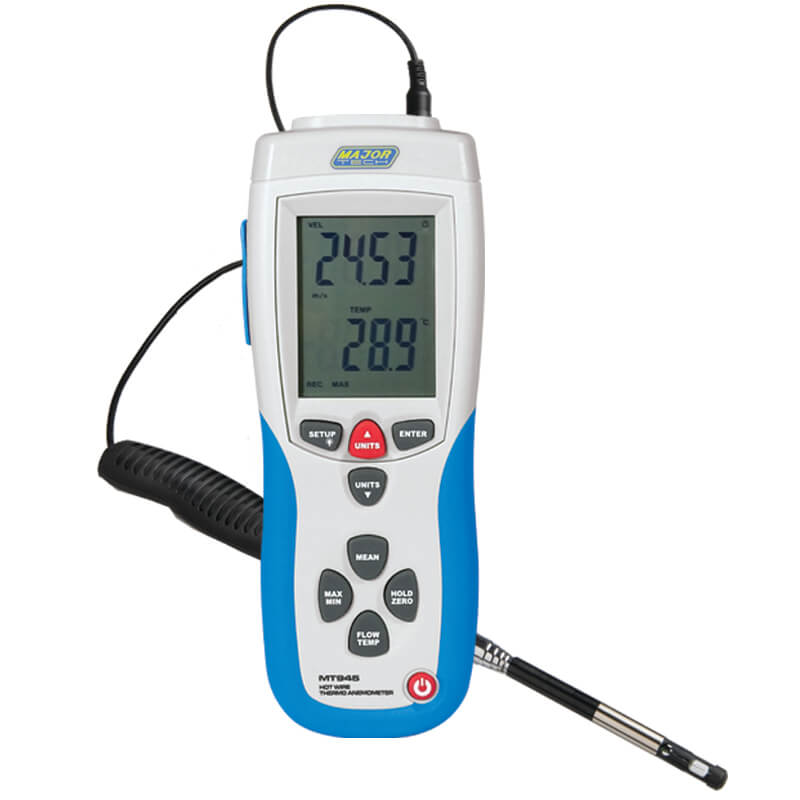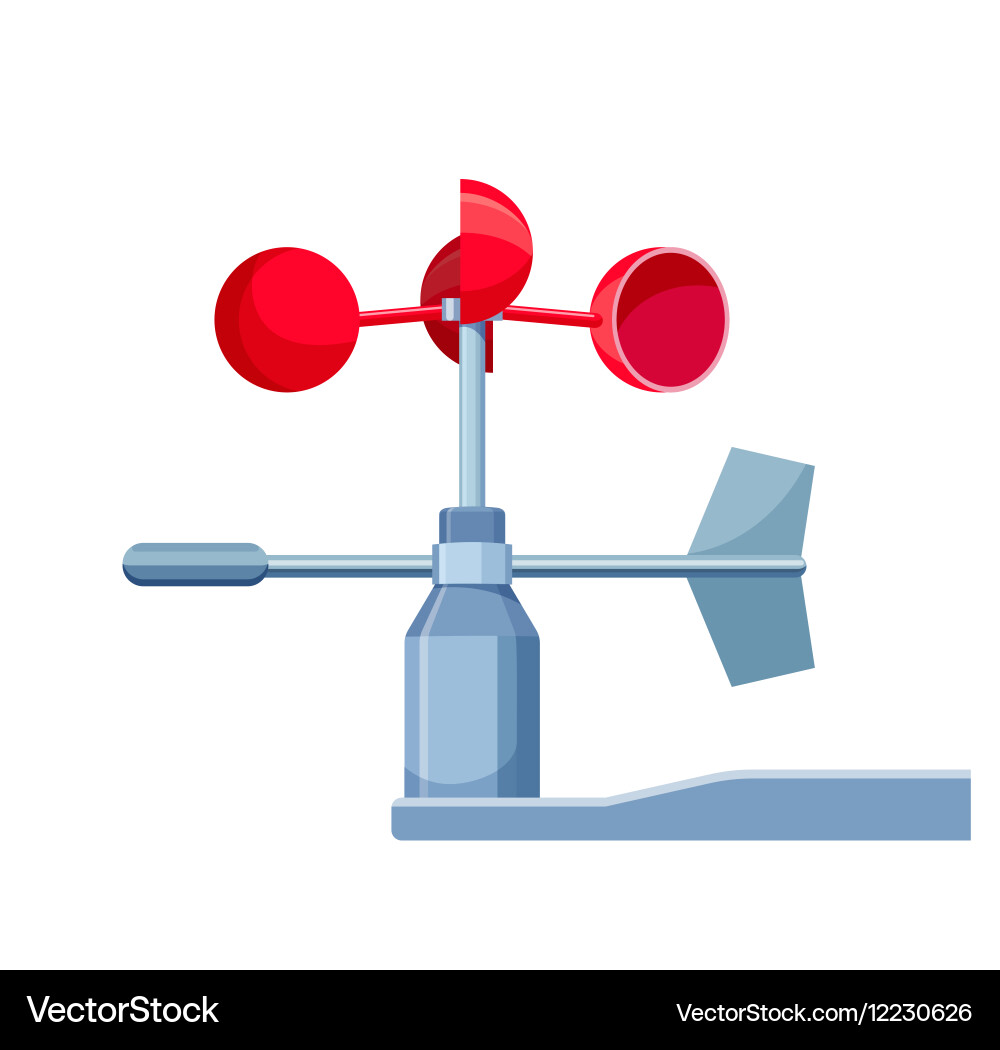Comprehending Different Kinds Of Anemometers for Different Applications
Comprehending Different Kinds Of Anemometers for Different Applications
Blog Article
Discovering the Features and Advantages of Anemometers for Climate Enthusiasts and Professionals
From mug anemometers to sonic anemometers, each type brings its unique collection of advantages and applications, losing light on numerous elements of climatic conditions. As we delve right into the features and benefits of anemometers, a much deeper understanding emerges not just of dominating weather condition sensations but likewise of the more comprehensive implications for industries like wind power manufacturing and environmental research study.
Significance of Anemometers in Weather Surveillance
Anemometers play an essential function in climate monitoring by offering exact dimensions of wind speed, helping in projecting and understanding weather condition patterns. These instruments, varying from traditional cup anemometers to contemporary ultrasonic anemometers, are essential for meteorologists, researchers, and weather enthusiasts alike.

Sorts Of Anemometers and Their Applications
With the essential duty anemometers play in climate surveillance and forecasting, understanding the various kinds of these instruments and their applications ends up being necessary for experts and lovers in the field. The most common kinds of anemometers consist of cup anemometers, vane anemometers, hot-wire anemometers, and ultrasonic anemometers. Cup anemometers are composed of three or four mugs installed on horizontal arms that rotate with the wind, gauging its rate. Vane anemometers, on the other hand, use an openly turning vane to line up with the wind instructions, giving both wind rate and direction measurements. Hot-wire anemometers operate based on the principle of convective warmth transfer, where the cooling effect of the air circulation is gauged to figure out wind speed. Ultrasonic anemometers make use of ultrasonic noise waves to calculate wind rate and direction properly.
Each type of anemometer has its unique benefits and applications. Cup anemometers are appropriate and durable for general climate tracking, while vane anemometers are preferred for directional measurements. Hot-wire anemometers are delicate to reduced air velocities, making them ideal for interior settings. Ultrasonic anemometers are non-intrusive and provide high accuracy, typically used in research study and specialized climate monitoring applications. Comprehending the characteristics and applications of each sort of anemometer is critical for selecting the most proper tool for particular climate keeping track of requirements.
Benefits of Utilizing Anemometers in Projecting
In weather forecasting, the application of anemometers offers important advantages for enhancing the accuracy of weather projecting. Anemometers gauge wind rate and direction, offering important data for anticipating weather patterns. By incorporating wind data right into projecting designs, meteorologists can better understand the activity of climate systems, expect modifications in weather, and issue more exact projections.
In addition, anemometers play an essential role in analyzing prospective weather threats. Keeping track of wind speeds helps forecasters forecast serious weather occasions such as cyclones, twisters, and winter tornados with higher precision. This very early warning system makes it possible for authorities to provide timely signals and carry out necessary safety and security procedures, minimizing the threats to life and residential or commercial property.
In addition, anemometers help in optimizing renewable resource manufacturing. By analyzing wind patterns, meteorologists can determine suitable places for wind ranches and anticipate power output, adding to the efficient generation of wind power.

Anemometers in Wind Power Production
Given the critical function anemometers play in giving accurate wind data for climate forecasting and risk analysis, their relevance reaches the realm of wind power manufacturing. Anemometers are important instruments in the area of wind power, where the measurement of wind speed and instructions is critical for determining the expediency and performance of wind generator installments. By properly measuring wind speeds at varying heights, anemometers assist enhance the placement and style of wind turbines to make the most of energy outcome.
In wind farms, anemometers are tactically positioned to accumulate real-time wind information that is made use of to analyze the possible power manufacturing of a website. This information is critical in figuring out the economic feasibility of wind energy projects and in forecasting energy generation to ensure grid security. In addition, anemometers aid in checking wind problems to enhance wind turbine performance, prevent damages from high winds, and make sure the security of workers operating in the location of wind generators.
Enhancing Weather Condition Comprehending With Anemometers

Anemometers play an essential function in improving our understanding of microclimates. These localized weather can vary substantially from wider regional forecasts, making it necessary to have precise information for certain areas. anemometer. By tactically placing anemometers in various locations, scientists can collect thorough details on exactly how wind behaves in different surfaces, city atmospheres, or bodies of water
Additionally, anemometers add to enhancing weather projecting versions by supplying real-time data on wind content behavior. This details is especially valuable for anticipating severe weather occasions, enhancing agricultural techniques, you could try this out and supporting industries like aeronautics and maritime navigating. Generally, anemometers are important tools that allow us to delve much deeper right into the complexities of weather systems, inevitably resulting in more precise predictions and better-informed choices.
Conclusion
To conclude, anemometers play a vital function in climate tracking and projecting by measuring wind rate and direction. They are essential devices used by weather condition enthusiasts and experts to collect exact information for predicting weather patterns and analyzing prospective influences. Anemometers also have applications in wind power production, further highlighting their value in both meteorology and renewable resource markets. Overall, anemometers contribute to boosting our understanding of weather condition phenomena and boosting projecting capabilities. anemometer.
From mug anemometers to sonic anemometers, each kind brings its unique set of applications and benefits, losing light on numerous aspects of climatic conditions. These instruments, ranging from standard mug anemometers to modern-day ultrasonic anemometers, are essential for meteorologists, researchers, and weather lovers alike. The most usual kinds of anemometers consist of mug anemometers, vane anemometers, hot-wire anemometers, and ultrasonic anemometers. Mug anemometers are durable and ideal for basic weather monitoring, while vane anemometers are favored for directional measurements. Anemometers are vital instruments in the field of wind energy, where the measurement of wind speed and direction is essential for establishing the usefulness and performance of browse around this web-site wind generator setups.
Report this page